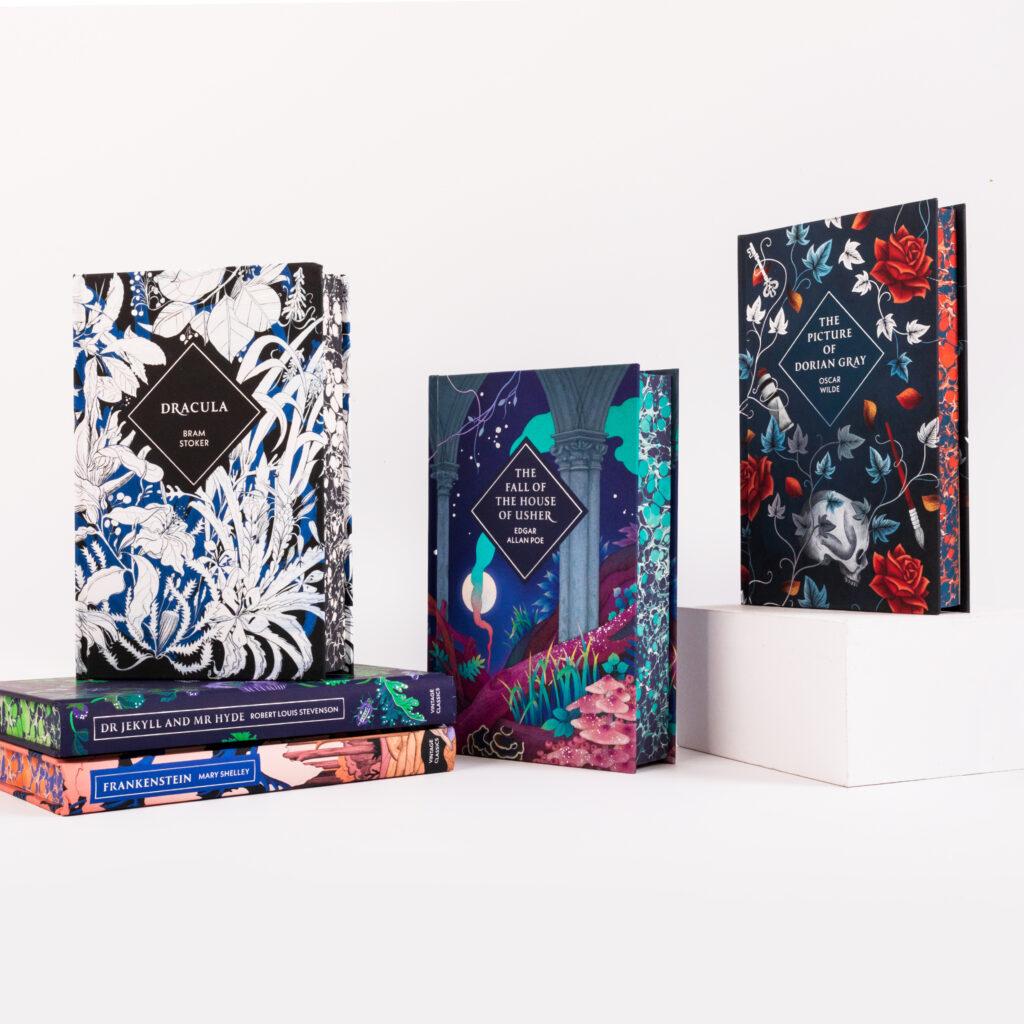A guide to Gothic literature

Dark, chilling, and characterised by looming terror, the Gothic novel has been hugely popular and influential for centuries. But behind the more superficial hallmarks of crumbling buildings, moody anti-heroes and complex heroines, Gothic literature has had a fascinating history and evolution.
Though it originated in the 18th Century as a response to the so-called Age of Enlightenment, a European intellectual movement where reason and scientific advancement prevailed, Gothic literature came of age in the early Victorian period, challenging morality and rationality through scandalous novels that dared to explore the darker side of human nature.
What unites works of Gothic fiction is a sense of the unfathomable: death and impending mortality; time and its passage; destruction and chaos; the awesome power of nature; supernatural forces; and, indeed, the shadowy depths of our own minds.
What is Gothic literature?
Before it was used in literary contexts, “Gothic” was coined by Italian writers in the late Renaissance period to describe a medieval style of art and architecture that originated in the 12th Century. The term was derogatory, synonymous with barbarism – its root word Gothicus, after all, came from the Latin term for the Goths, a Germanic people who invaded and helped bring down the Roman Empire.
When was Gothic literature created?
The Castle of Otranto may have been the first Gothic novel, but the genre as a whole had influential predecessors. The grisly murders, timely vengeance, supernatural occurrences, witchcraft and castle settings of Shakespeare’s tragedies were a rich source of inspiration for Gothic literature and its conventions, as was John Milton’s epic poem Paradise Lost (first published in 1667), whose tragic anti-hero Satan provided a blueprint for Gothic heroes and villains alike.
Key examples of Gothic literature
Sign up to the Penguin newsletter
By signing up, I confirm that I'm over 16. To find out what personal data we collect and how we use it, including for our recommendations, please visit our Privacy Policy.
